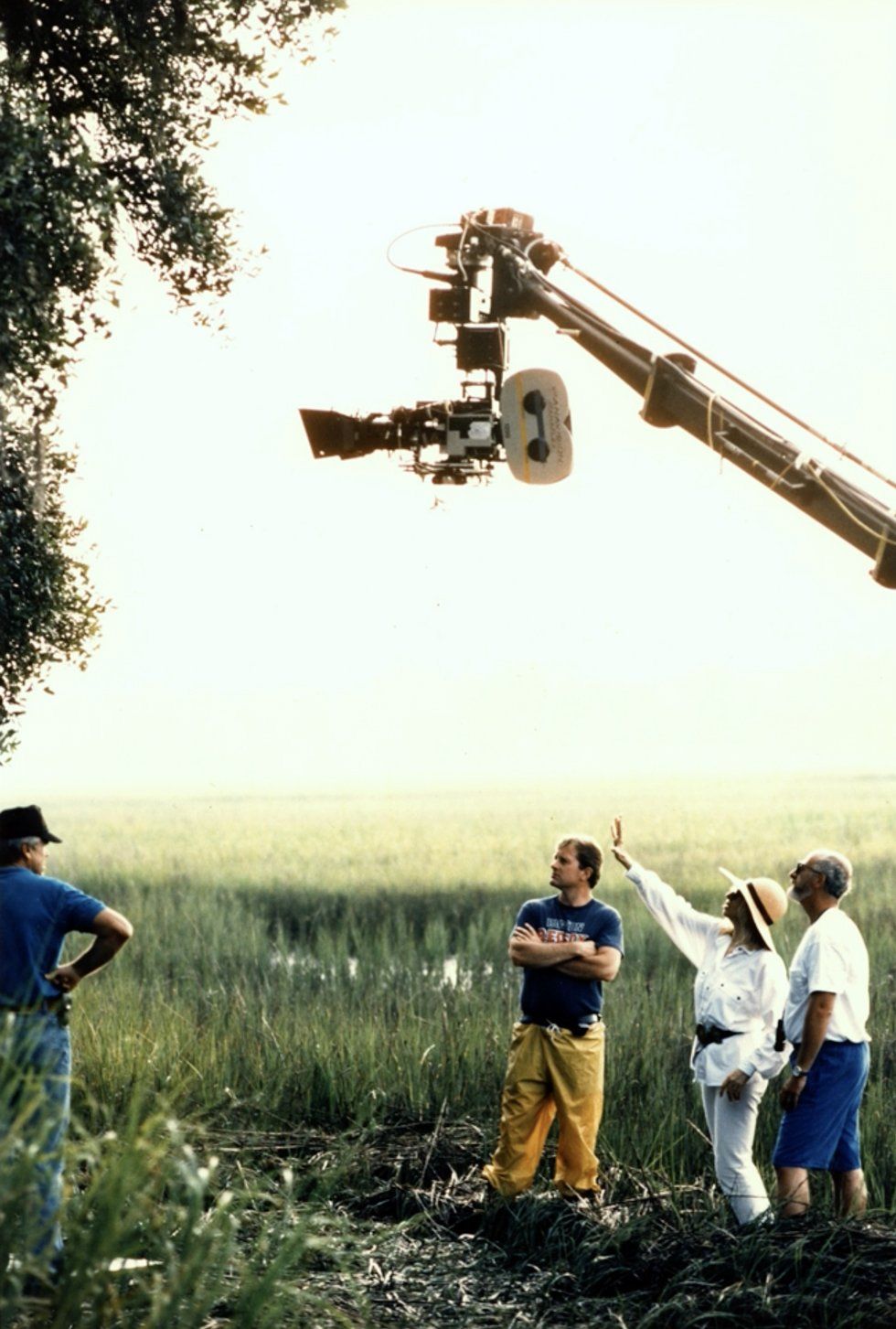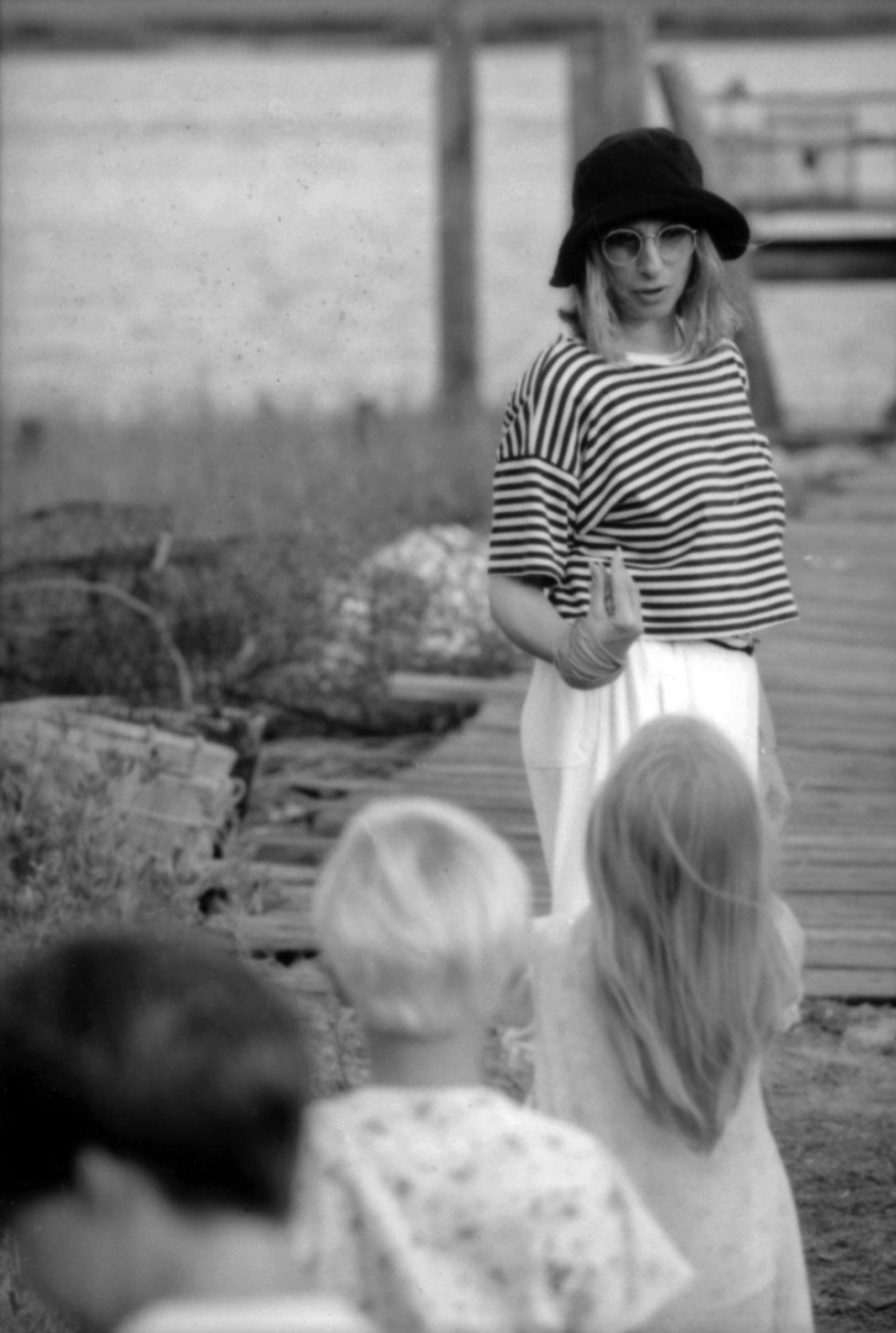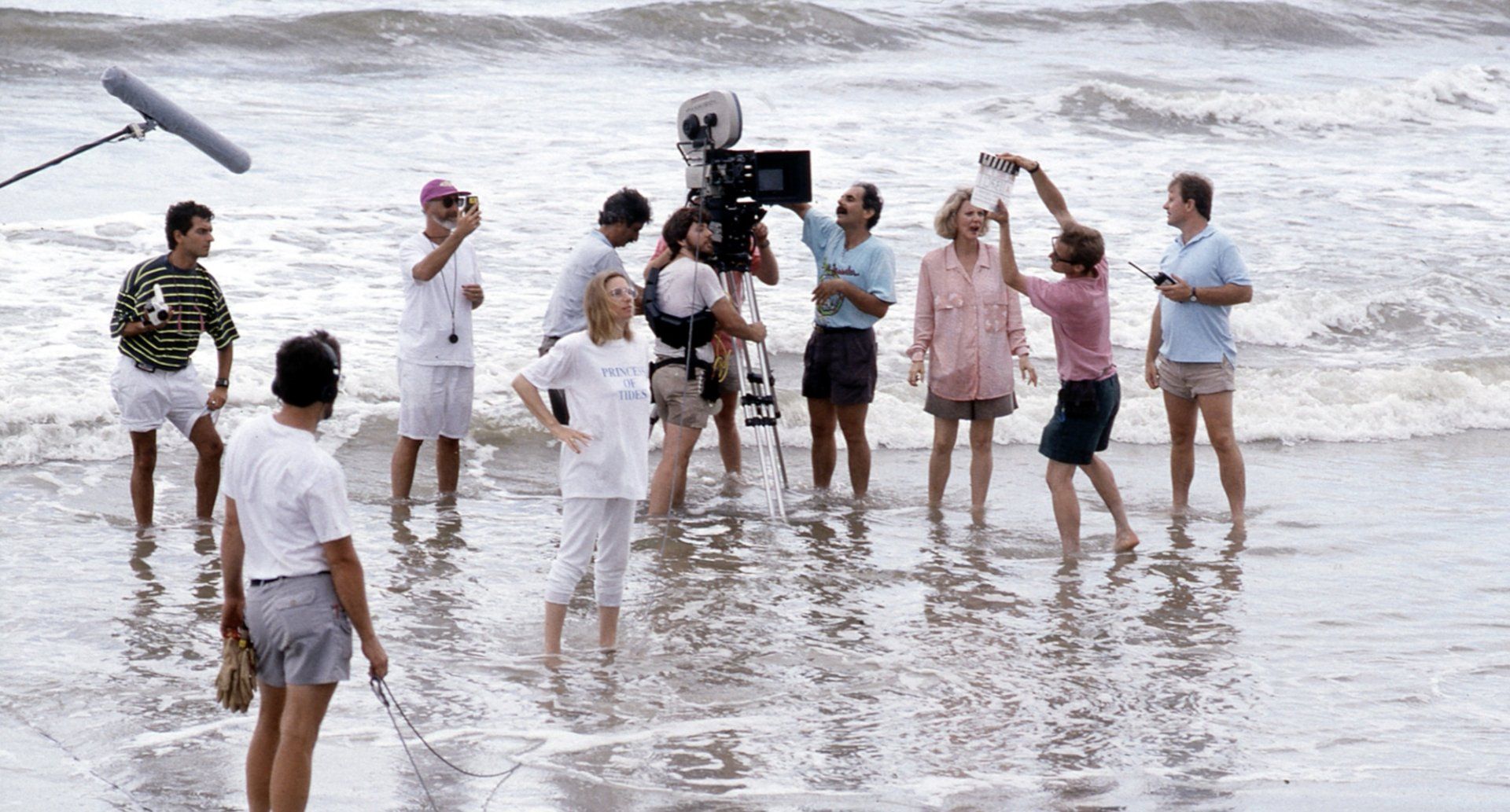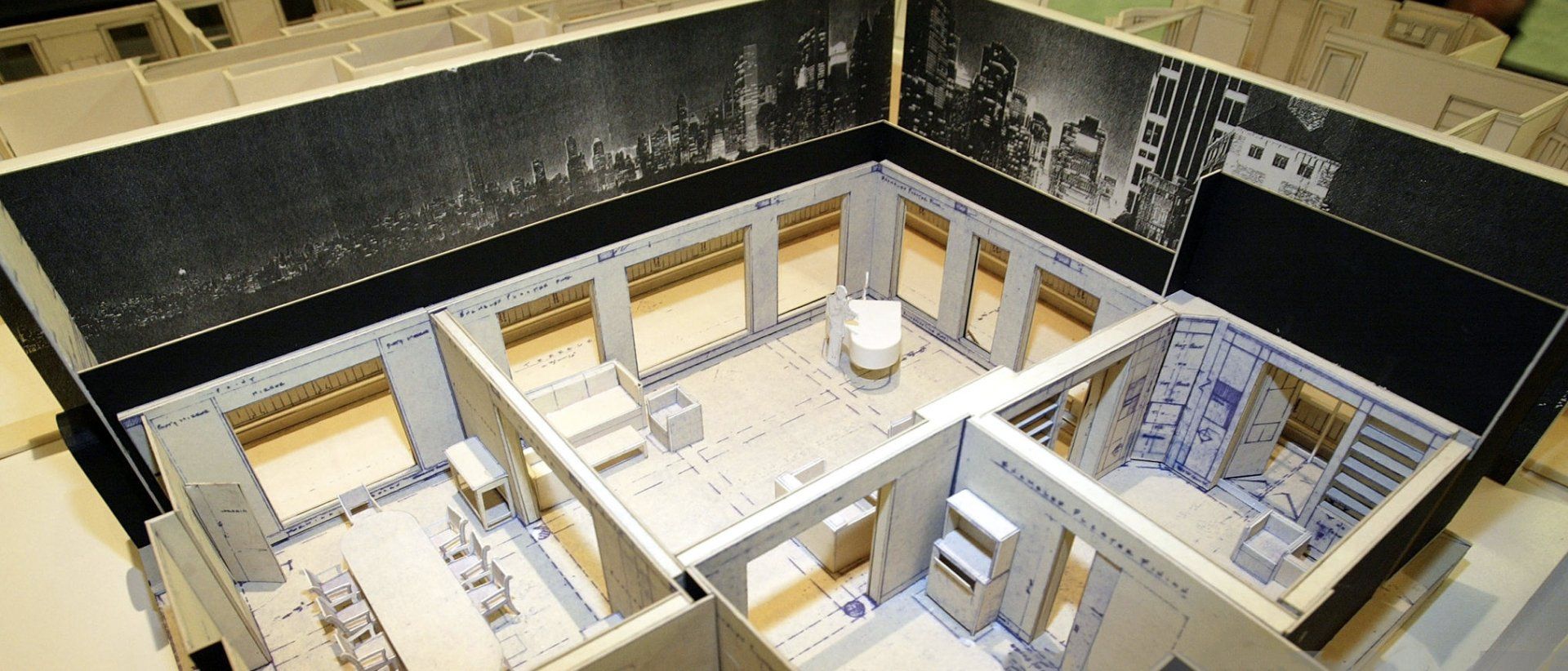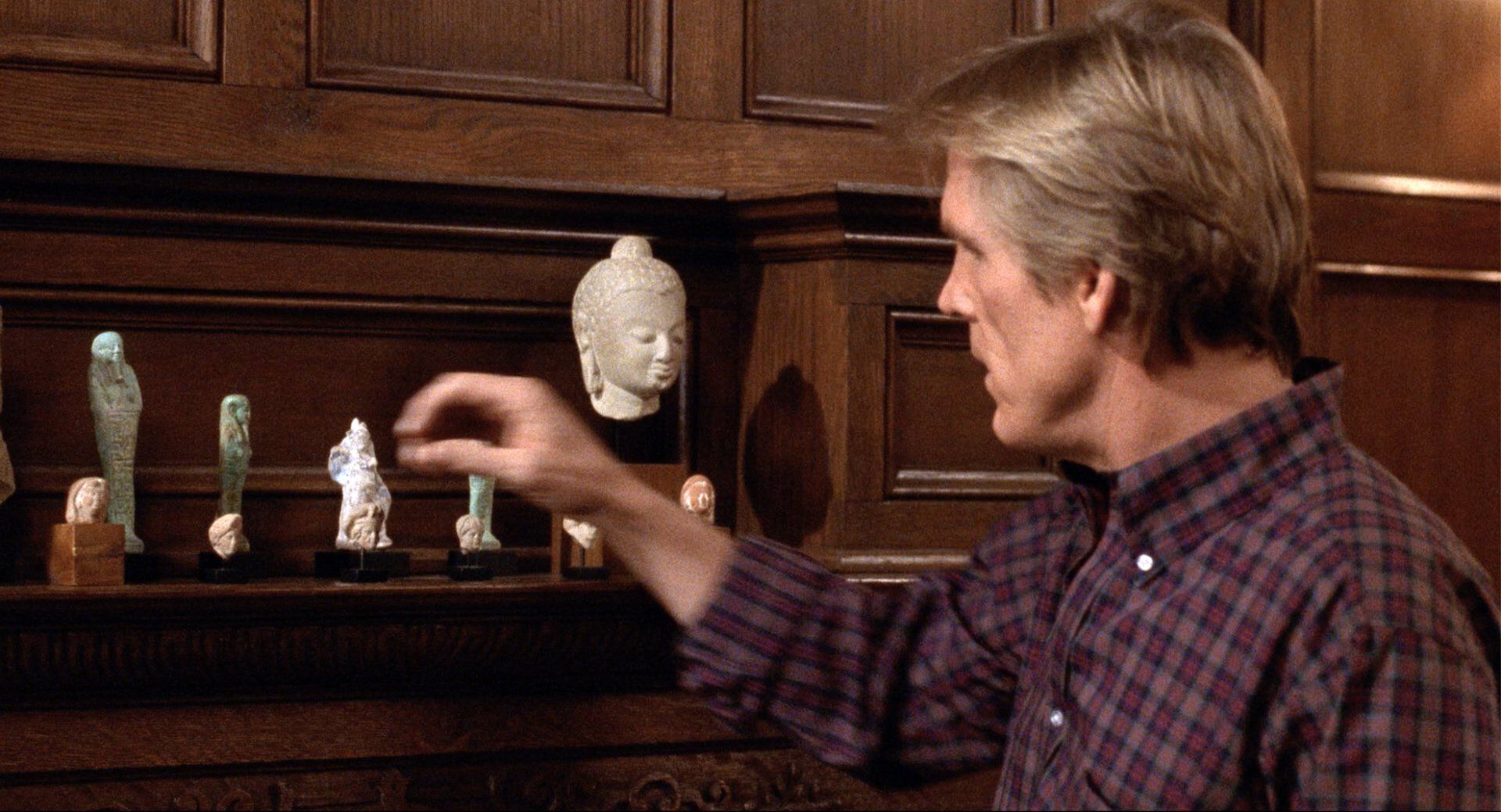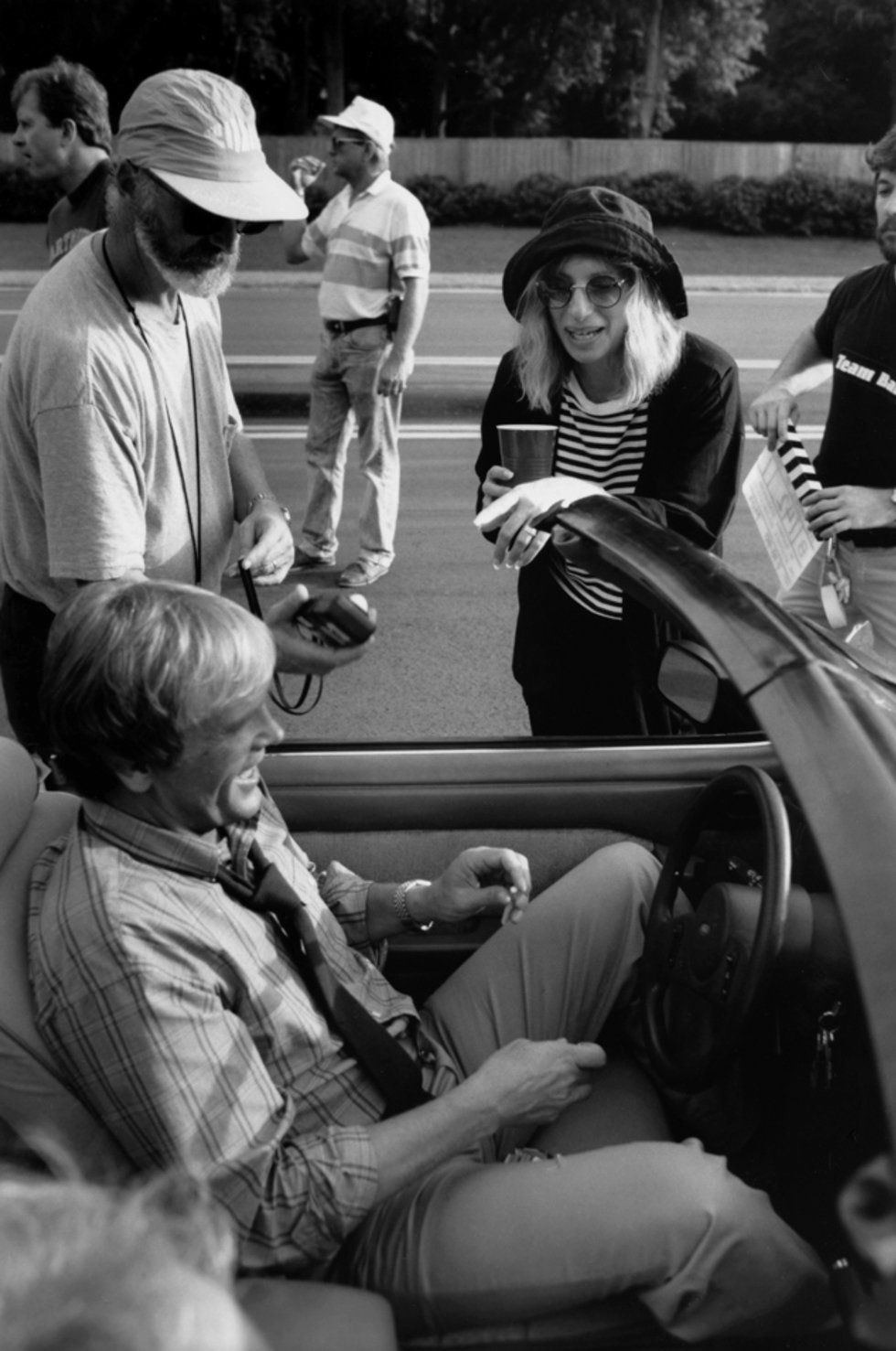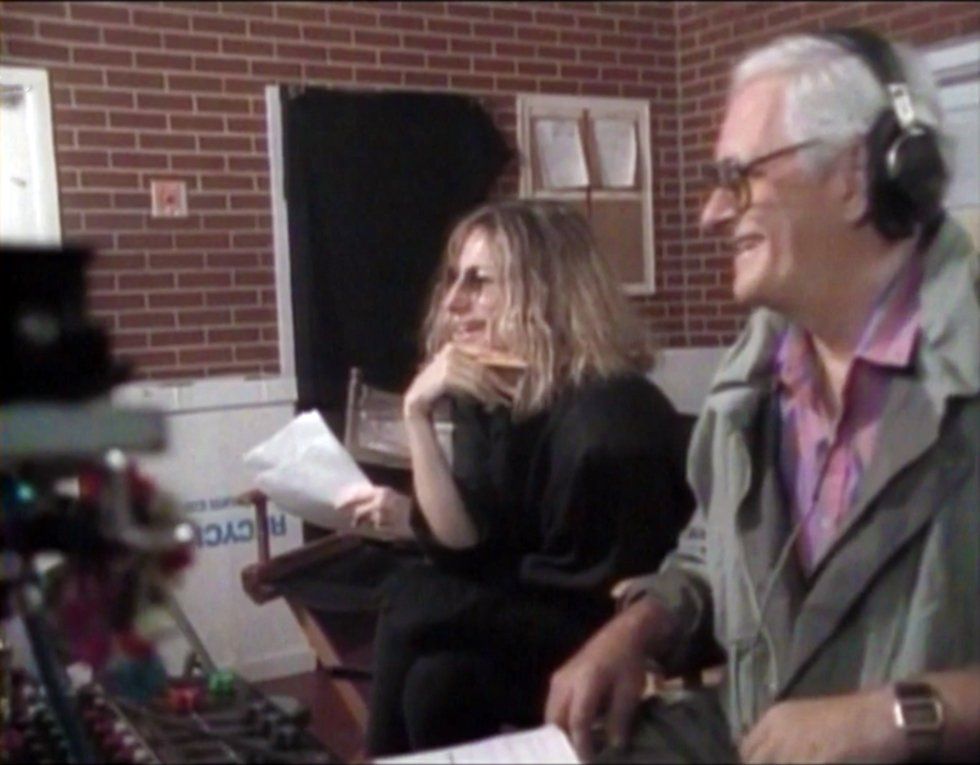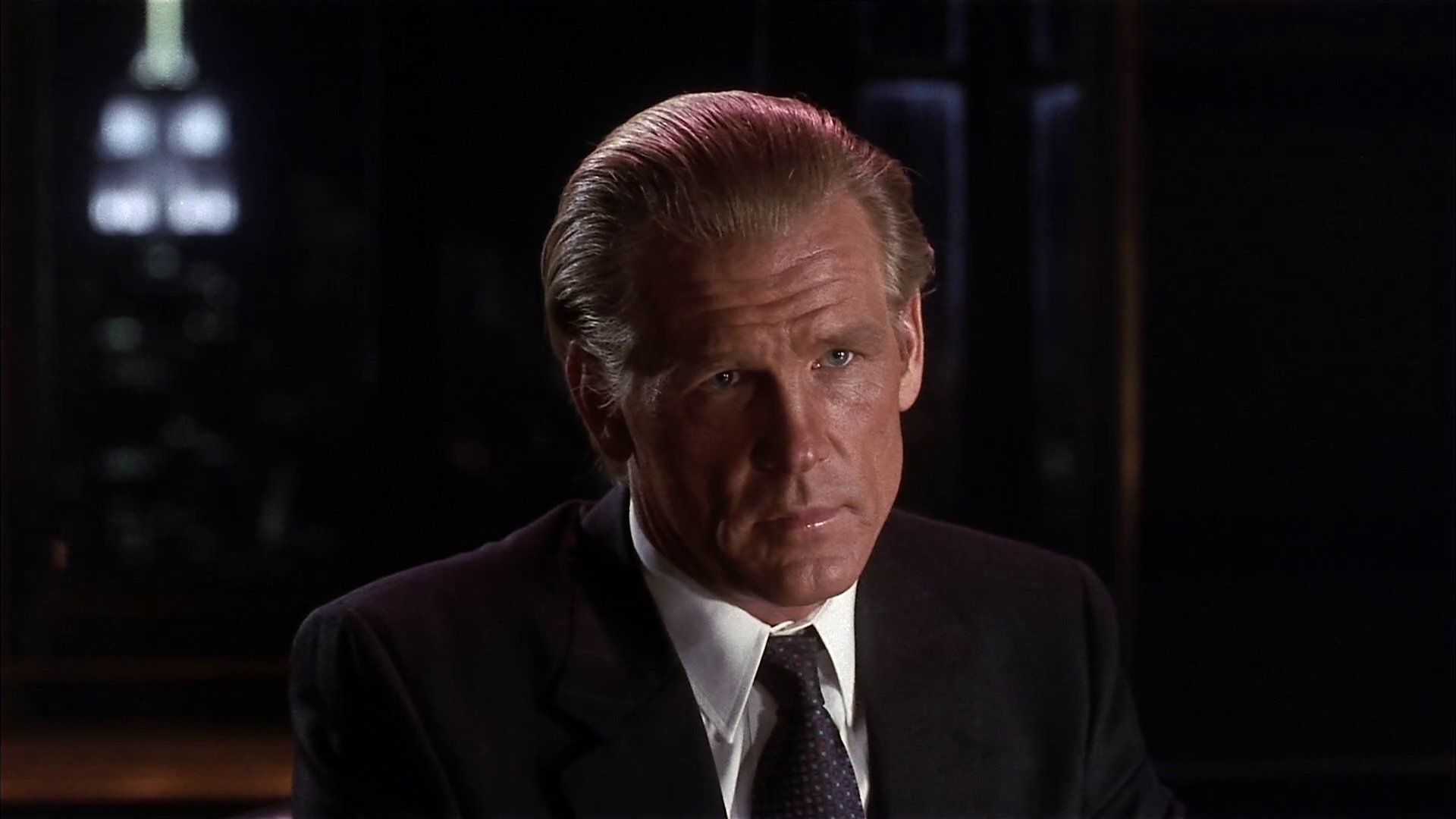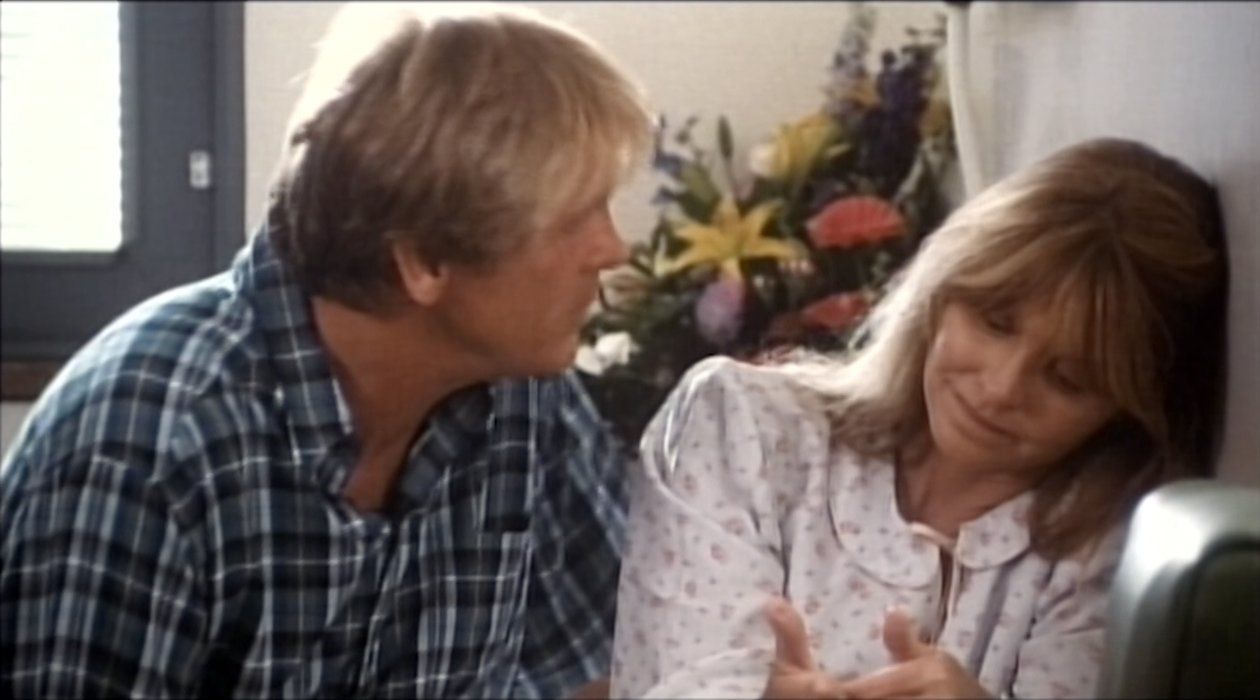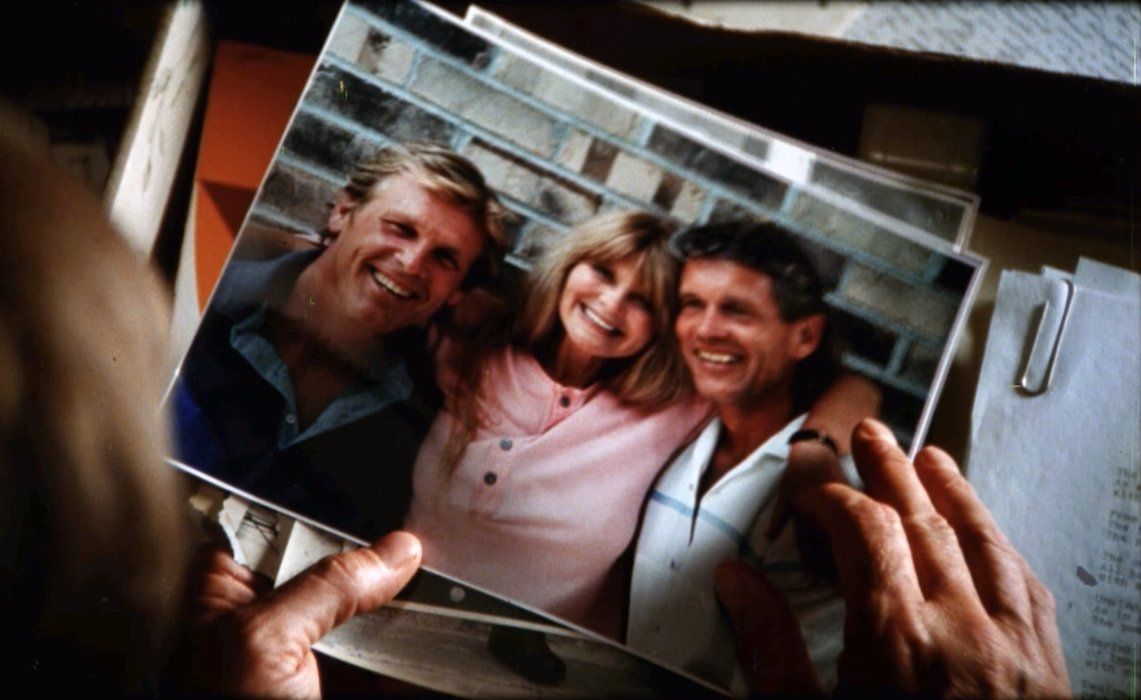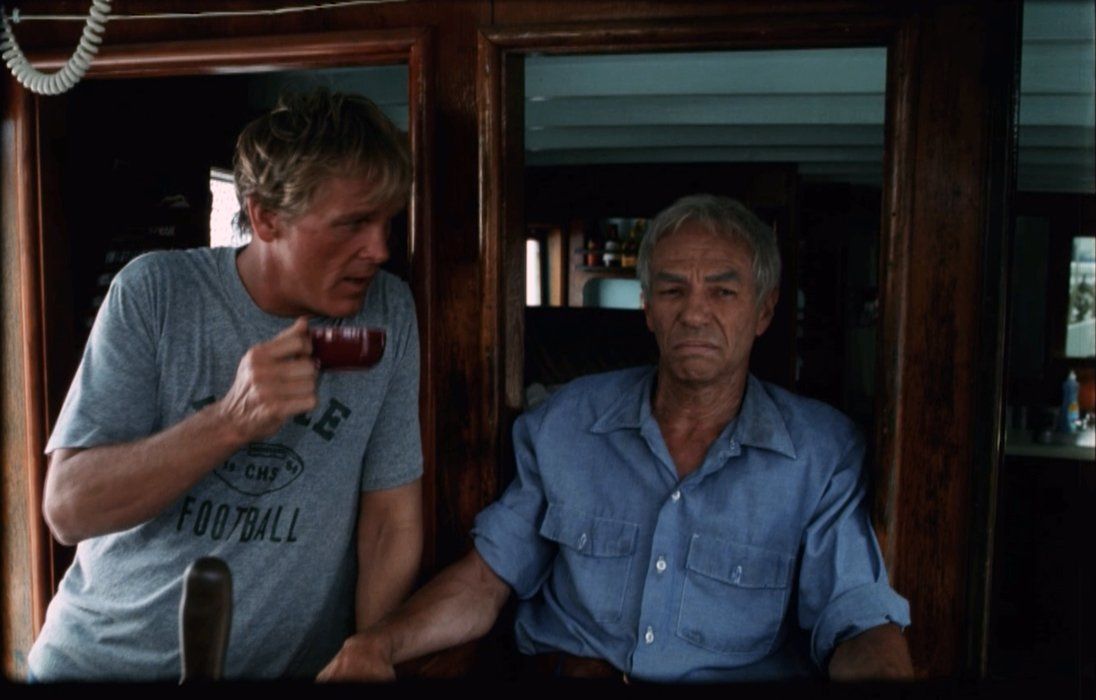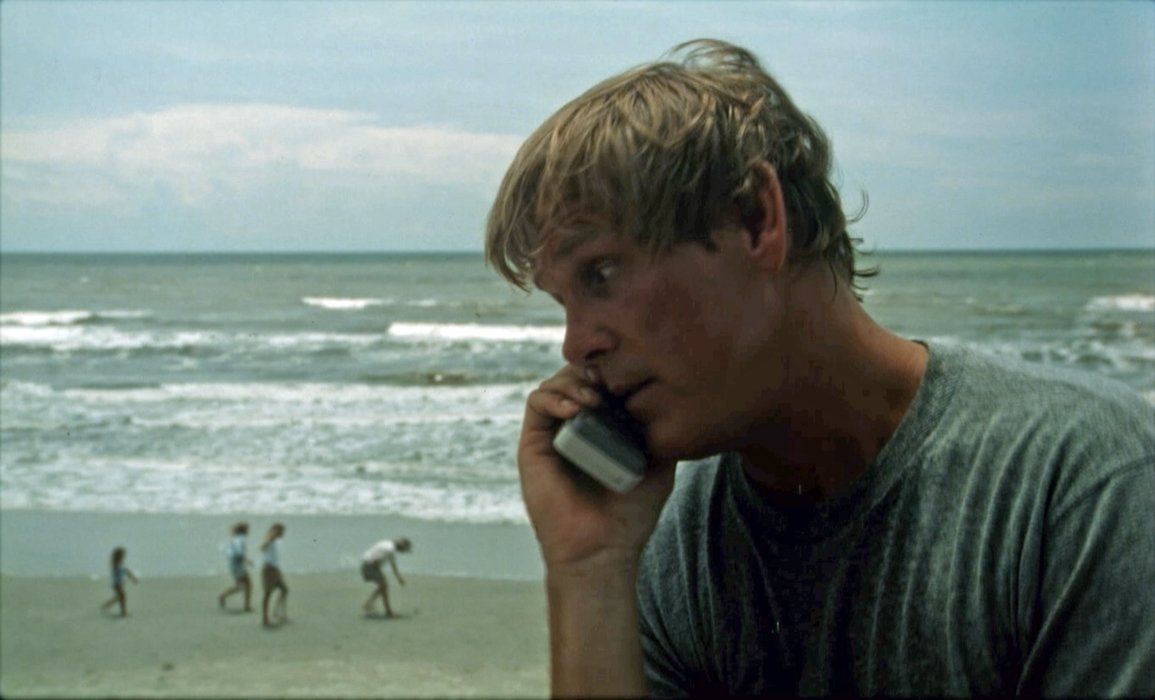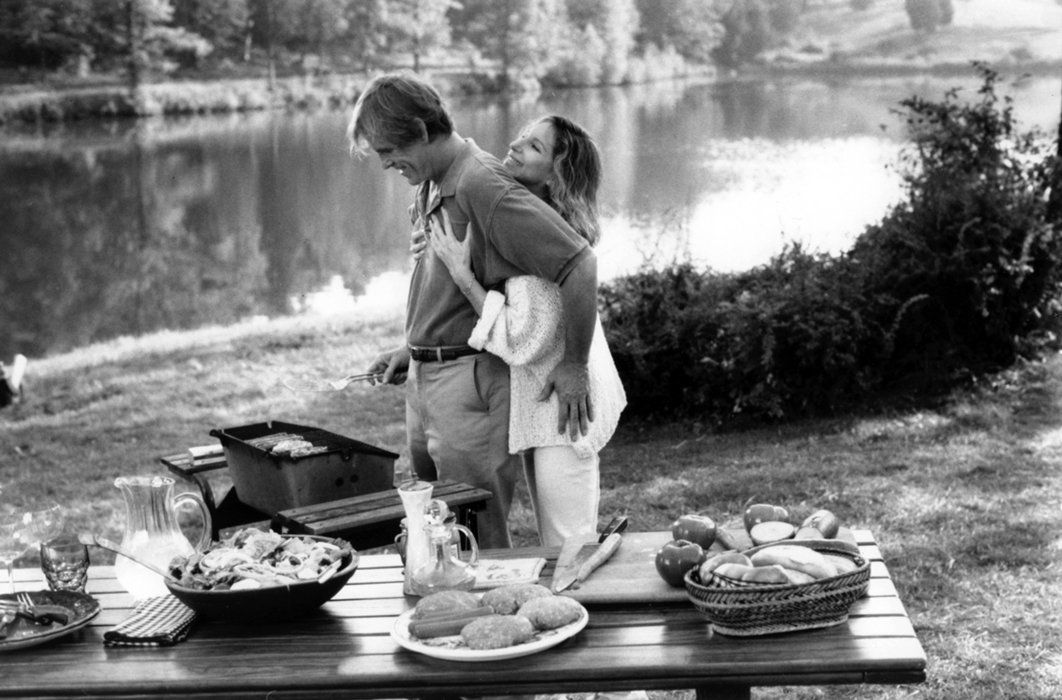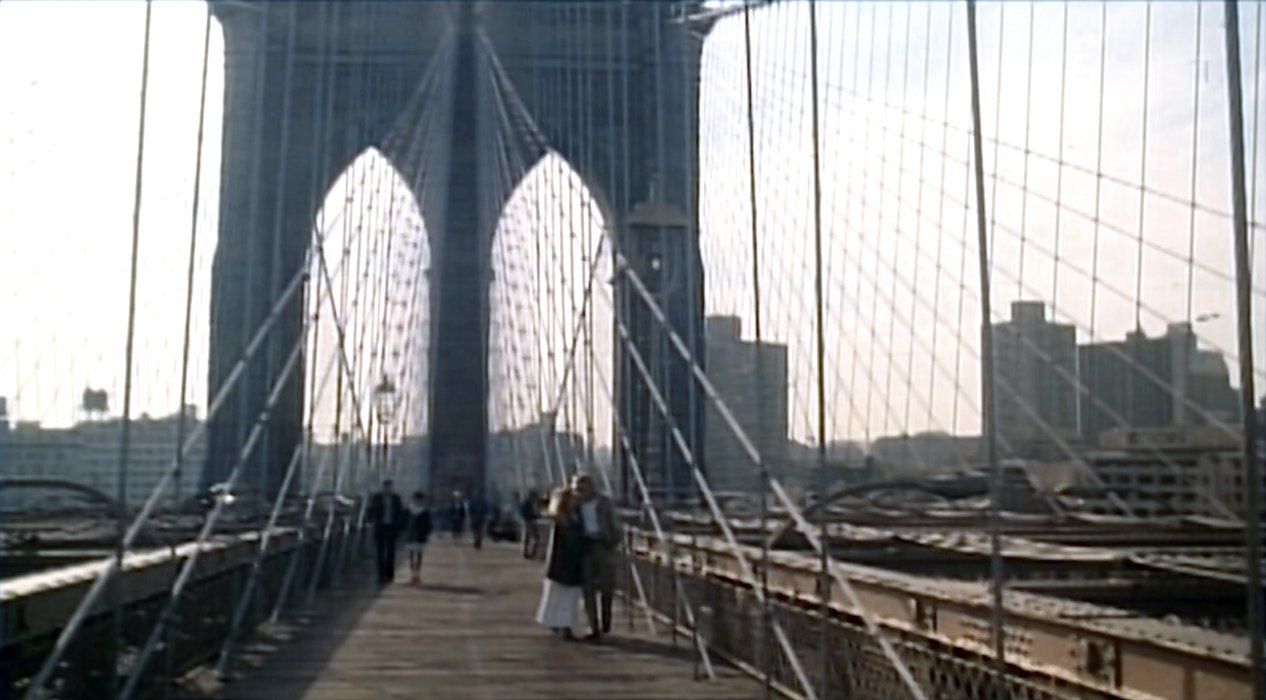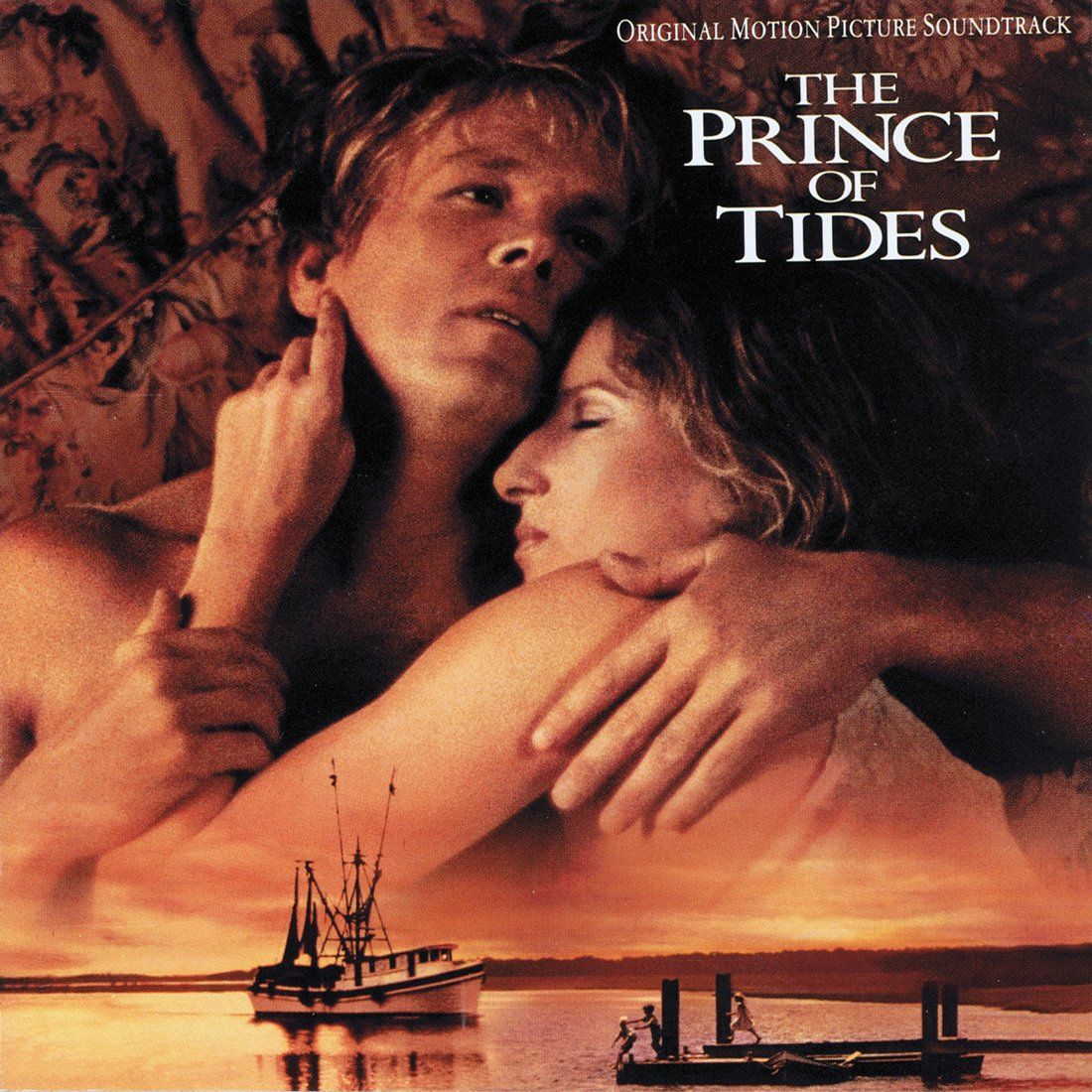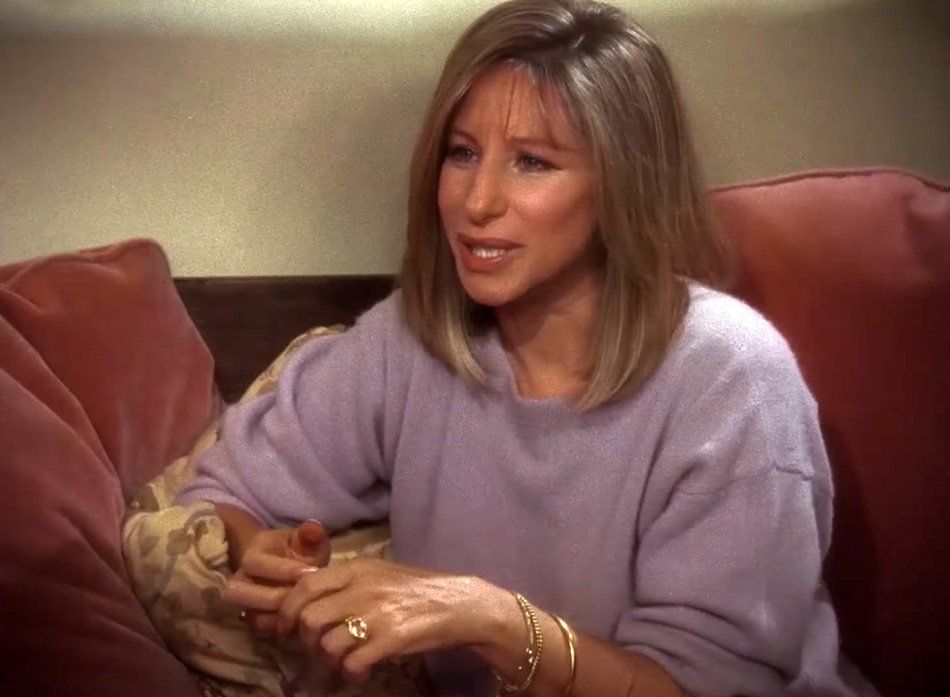For her portrayal of Dr. Lowenstein, Streisand and costume designer Ruth Morley started the psychiatrist in black clothing “as a symbol of her being so uptight and anal retentive.” Later, Susan wear brown and gray-colored clothes. “As she kind of opens up to him, to her own femininity, she lightens up, you know, in her clothes.”
In New York, Streisand explained, “we’re shooting this chaotic traffic scene on Sullivan Street in Greenwich Village, except it isn’t chaotic enough ‘cause we haven't hired enough cars. So I walk down the street — which is great, because as Barbra Streisand the actress I would’ve been so shy, but now as Barbra Streisand the director I can use being known as an actress—so I walk over to some guy’s car and go, ‘Hi, I’m Barbra Streisand; I’m directing a movie here. Would you mind being in the shot?’ And I go to one of the cops, ‘Hey, officer, would you do me a favor? I don’t have enough cars, and I’d love for them to back up. Would you mind?’”
Directing her son, Jason, Streisand shared that he got mad in Central Park while filming a football practice scene when she objected to his reading of a certain line. “He said, ‘What’s wrong, you don't like it?’ I said, ‘Jason, you have to separate here. I’m saying everything you’re doing is wonderful, but I don’t believe this particular line reading, and I can’t lie to you, so let’s work on it, and don’t be mad at me as your goddamned mother.’ So he walks over to Cis Corman, and he goes, ‘My mother doesn't like my line reading,’ and his Auntie Cis goes, ‘Well, I like your reading,’ and he comes to me and goes, ‘Well, Cis likes my reading,’ and I go, ‘Yes, but Cis is not the director.’”


